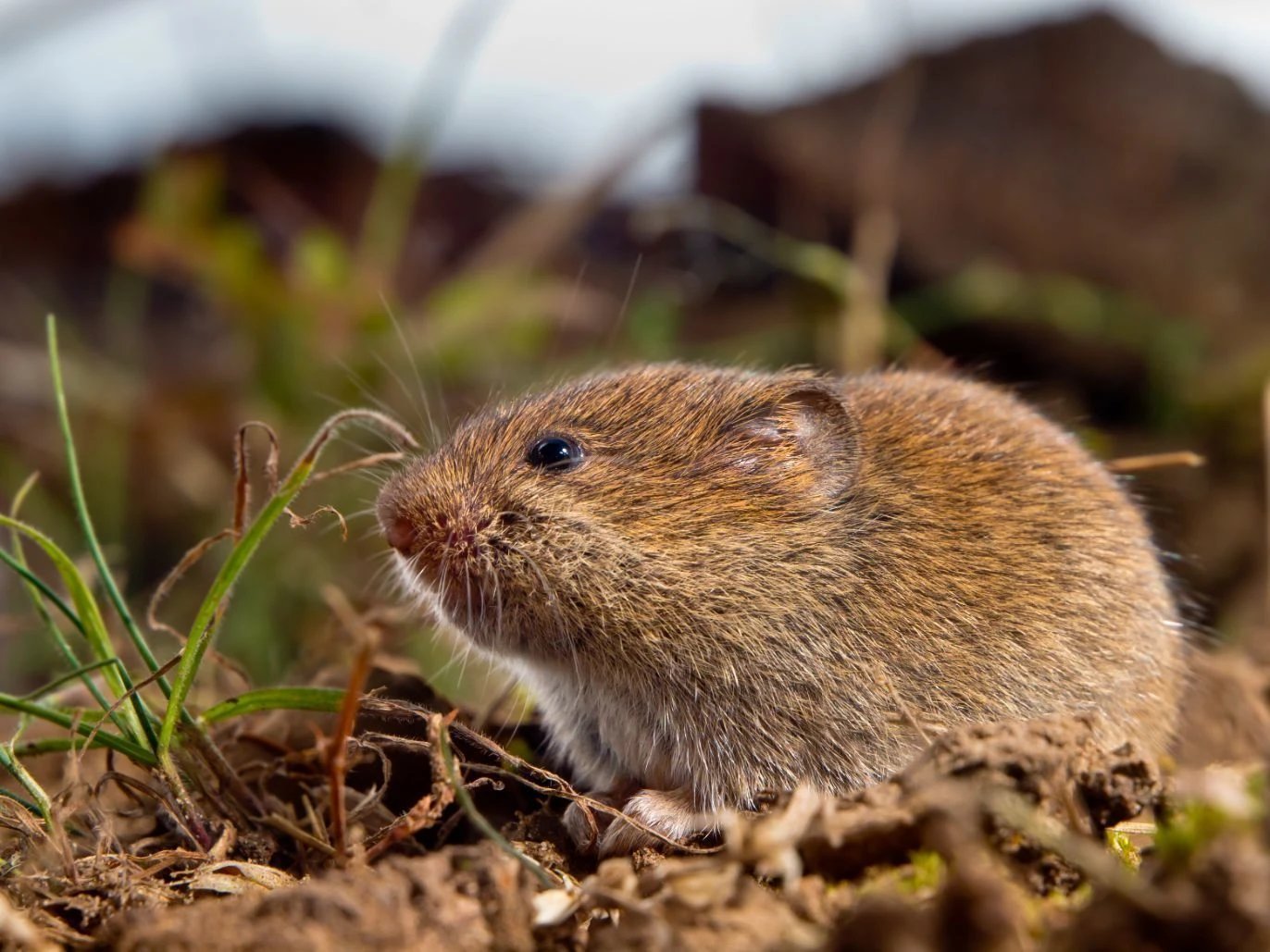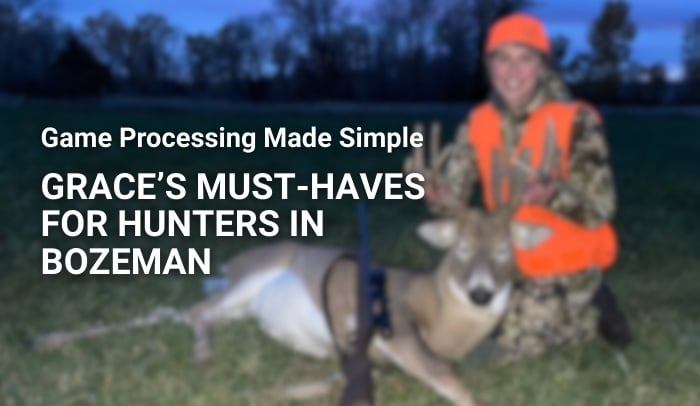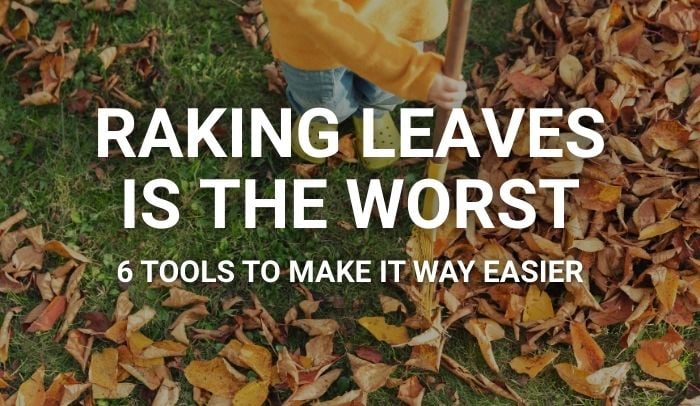What is a vole?
If you’ve ever seen a beautiful green lawn littered with two-inch holes or had root vegetables and flower bulbs disappear through the ground, or a seemingly healthy young shrub that leans when it used to be straight, then you may have witnessed the havoc that a small family of voles can wreak on an unsuspecting gardener. Like small fluffy mice with short tails, they might look cute but the vole has a voracious plant-based diet and couldn’t be happier feasting on your landscaping.
Voles eat plants, and they have a particular taste for root vegetables. You’ll know you have a vole problem if your carrots, potatoes, and radishes are getting partially devoured or disappearing altogether. They will also gnaw at the base of trees and build tunnels through the root systems, that cause our leafy friends to lean over.
What is the difference between a vole and a mole?
Aside from their different appearance, one way to identify vole infestation in your yard, as opposed to moles, are by their tunnels and damage they do to your lawn. Voles will make small holes with no mound and leave tracks on the surface of soft-ground and grass. Their tracks resemble interwoven corridors. Moles, on the other hand, tend to make larger holes with a mound and their tunneling will cause raised ridges on the surface.
First, how to get rid of voles
Before we get into fixing the damage, we have to address the root cause of the problem, the voles have made your yard their home!
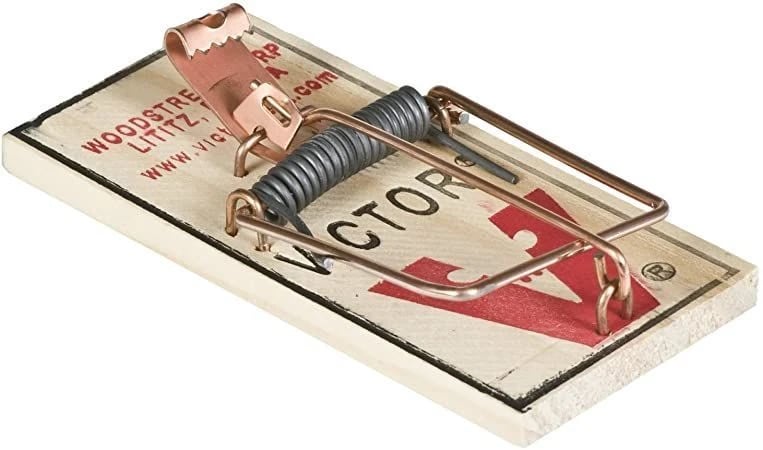
We carry a wide variety of pest control solutions that work for solving a vole problem, including traps, sonic emitters, poisons, and more.
Mouse Traps
The simplest and best way we’ve found to get rid of voles is by using mouse-traps. We carry a few different kinds of mouse-traps, but your standard old-fashioned snapping mousetrap does the trick just fine. Voles, tend to follow the same paths, so just place the trap in a corridor left by the voles running across your yard. We also carry humane mouse-traps that don’t kill the vole.
Baits and Poisons
Unlike other rodent infestations, poisons won’t work well to control voles. After all, the voles are too busy eating your lawn and landscaping to give much attention to bait and poison. Ownehouse Ace carries a variety of options, including poisons and baits.
Sonic Emitters
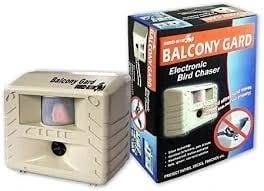
Sonic Emitters work by creating a high-pitched sound that is annoying and alarming for the animal but is inaudible to the human ear. They can scare off voles, but the sonic emitters don’t discriminate, so if you have pets then these might make them go crazy.
How can you fix vole lawn damage?
Fixing lawn damage caused by voles is easy with supplies you can find in your shed and pick up at Owenhouse Ace Hardware. It’s a simple four-step project to fix vole lawn damage.
Follow along below for one of our preferred ways for addressing vole corridors and vole holes in your yard.
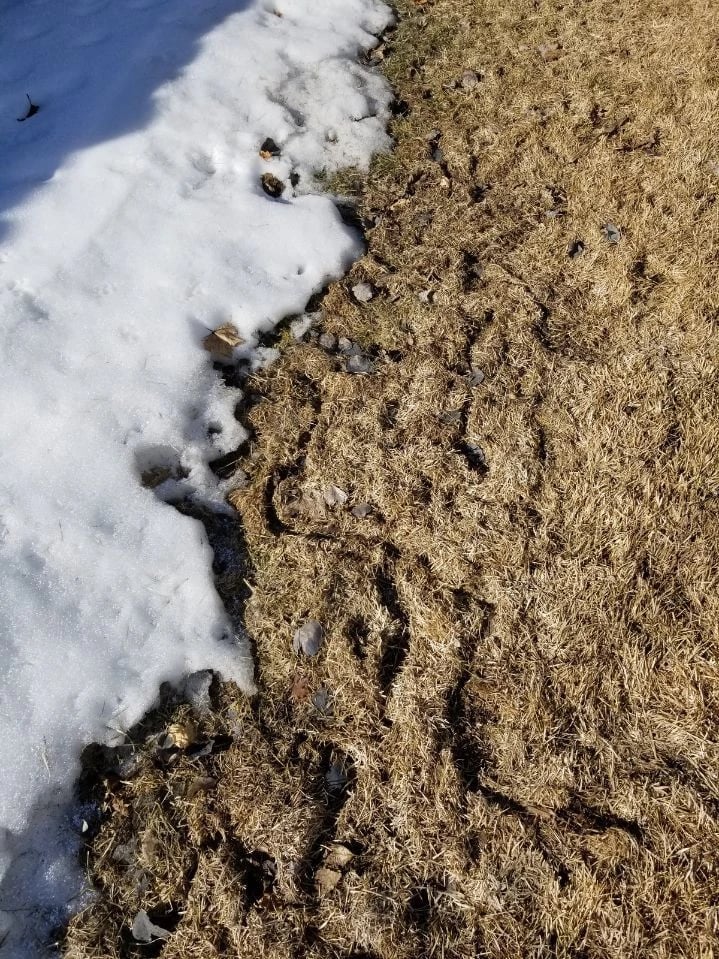
What You’ll Need for This Project
- Rake
- Topsoil
- Fertilizer
- Pruning Shears
- Gardening Gloves
Step #1: Rake the debris and excrement from the runways to promote growth.
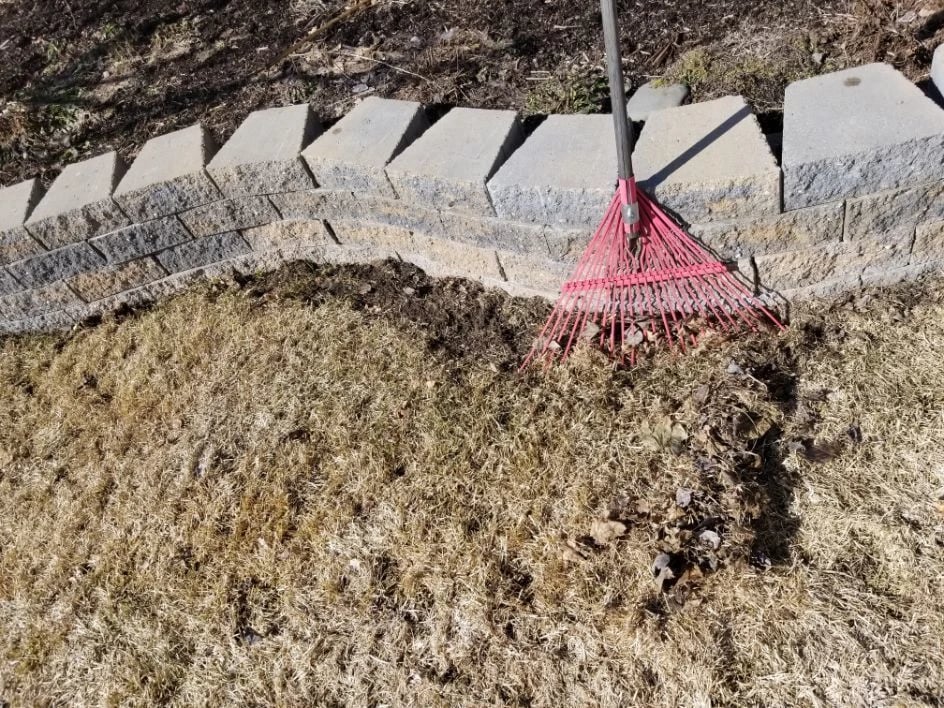
In the first step, we use our rake to vigorously displace the vole holes, runways, and other damage. This will promote uniform growth. The less affected areas will look good after light raking, while the more damage that has been done, the more our raking of the vole tracks will expose soil, holes, and roots.
Step #2: Fill pathways with topsoil.
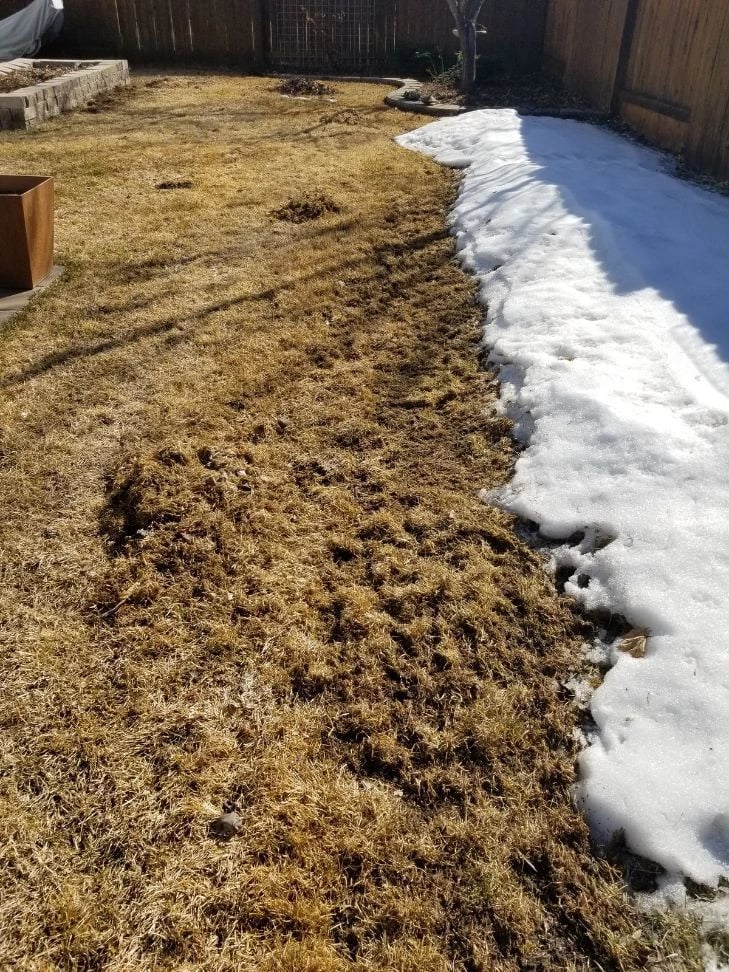
Next, we fill the runways, holes, and exposed soil with more top-soil. The nutrient-rich top-soil will entice our freshly raked grass to expand and cover the vole damage. The best soil for this step is fresh compost, and if you don’t have a compost system, then we have you covered with planting soil.
Wait a couple of weeks after this step because a resilient lawn will recover without much more effort, but for those with serious vole problems read on below.
Step #3: Fertilize and overseed areas that do not recover.
Vole damage can be extensive, reaching down to the roots and limiting their ability to recover. If the previous two steps didn’t do the trick then we can help our lawn with fertilizer and overseeding the affected areas. It’s important to choose a grass-seed that matches your current grass. Come on down to Owenhouse Ace Hardware if you have any questions about choosing the right seed.
Step #4: Prune and fertilize trees and shrubs that have been chewed by voles.
If you see indications that a vole has been munching on trees and shrubs, gnaw marks at the base or if they’re leaning more than usual, then you’ll be looking to save the shrubs and trees that the voles have been chewing.
When trees and shrubs have root damage due to voles, we can give them the best chance to survive and recover by pruning them. This reduces the strain on the damaged roots and allows them to heal and recover with a slightly lightened load.

Conclusion
Many of these same techniques can be used to address damage to lawns caused by moles too. We’re always happy to see a lawn recover from vole lawn damage, so if you’re still looking for help with your lawn, come down to Owenhouse Ace Hardware and we’ll get you set up with everything you need for voles and more.

